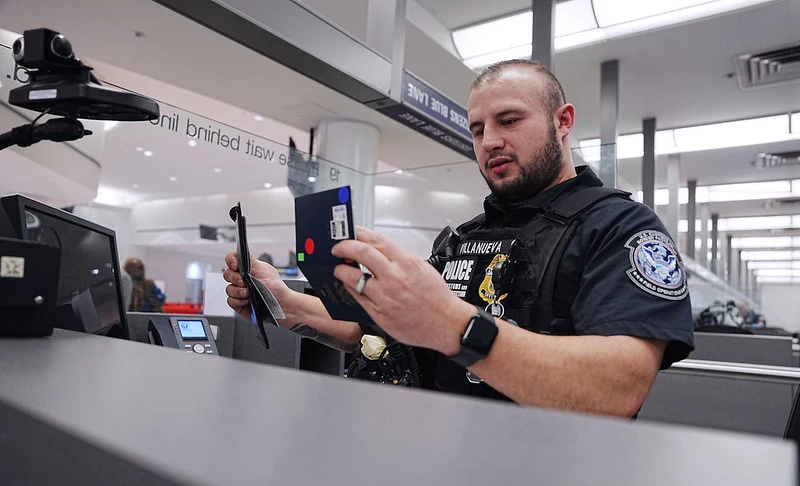Beginner’s Guide to the Defense Logistics Agency
Add bookmark
The US DoD is the federal government’s largest agency employing over 2.8 million active military service members and civilian personnel. In order to keep both military and civilian personnel equipped to complete their duties effectively, the DoD relies on the Defense Logistics Agency (DLA) to manage the global defense supply chain.
This article will look at the work the DLA is doing in 2024, including a glimpse at the challenges they face, and the various supply chains the organization is responsible for, but first, it’s important to take a step back and understand how the agency was formed.
A history of the DLA
The DLA, or at least the concept of what the DLA would grow to be, was originally founded out of necessity. Amidst World War II the Army and Navy were facing supply shortages and were forced to coordinate procurement more closely than ever. After the war, the department determined a need for complete coordination of the supply chain across the armed services. At first the DoD established 24 supply chain systems across the department. By 1947, the DoD recognized this system led to duplication and overlap across the department and established the Munitions Board, which began to reorganize these major supply categories into joint procurement agencies.
When the Eisenhower administration took over the White House in 1953 it chose to abolish the Munitions Board due to its lack of effectiveness in closing the very supply chain gaps it was created to close.
In the mid-1950s, the Defense Department chose to assign logistics responsibilities to each service: the Army managed food, supplies, and clothing; the Navy handled medical supplies, industrial supplies, and petroleum; and the Air Force oversaw airlift services. In 1958, the Armed Forces Supply Support Center was established, standardizing procurement, storage, and issuance processes.
Despite successes, uniformity was lacking due to differing procedures among services. In 1961, Defense Secretary Robert McNamara merged logistics operations into the Defense Supply Agency (DSA), operational by January 1962.
DSA mobilized during the Cuban Missile Crisis in 1962 and expanded significantly during the Vietnam War, responding to increased demands with additional personnel and resources. It grew to over 62,000 employees, acquired depots for supply distribution, formed the Defense Contract Administration Service, and supported U.S. forces in the Pacific and Europe.
In January 1977 the DSA was officially renamed the Defense Logistics Agency.
To read the rest of the article, click here.

























